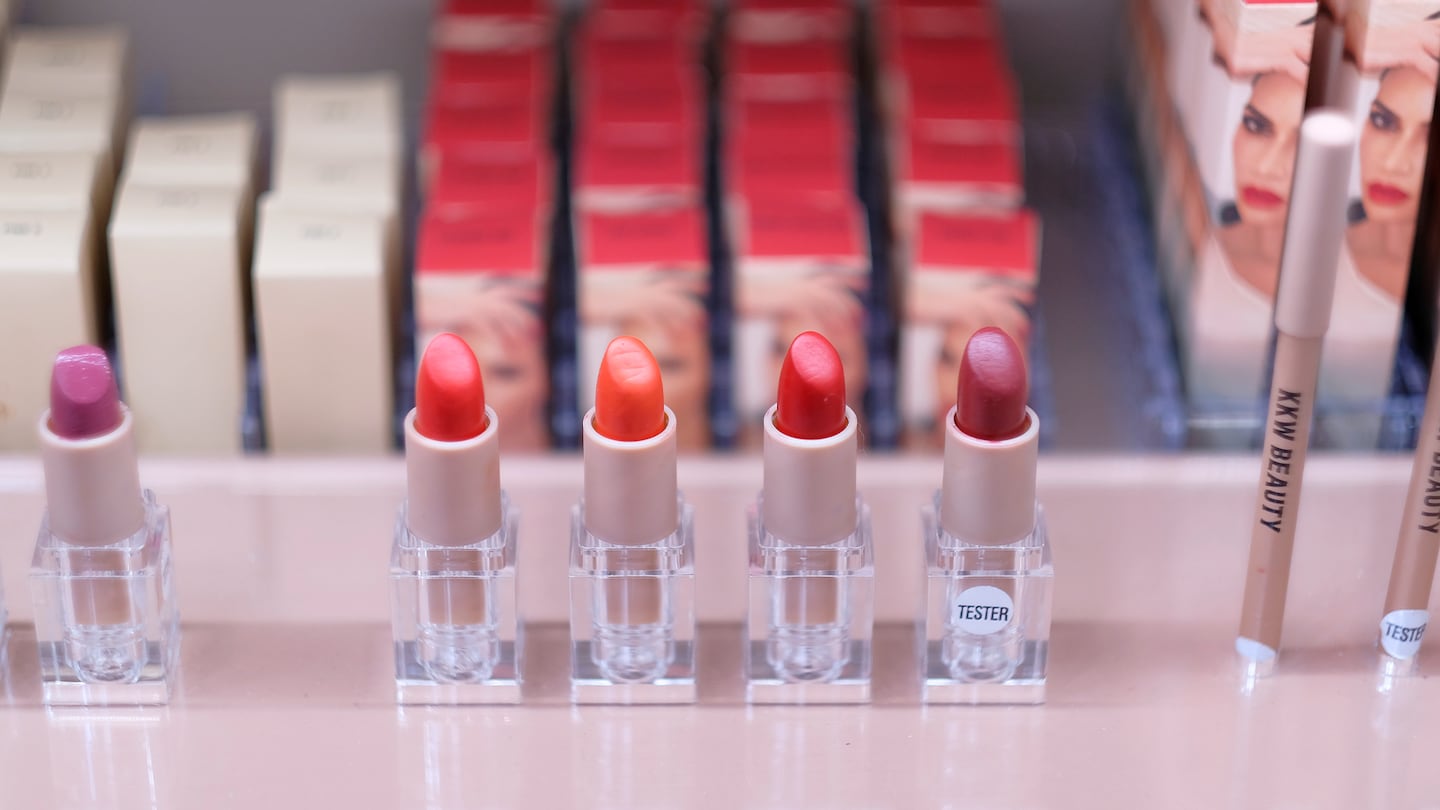
The Business of Fashion
Agenda-setting intelligence, analysis and advice for the global fashion community.

Agenda-setting intelligence, analysis and advice for the global fashion community.

When beauty retailers first reopened their doors last summer, they did so without product testers. These shareable, high-touch hallmarks of the beauty shopping experience seemed like a pre-Covid relic. Brands and retailers rolled out alternatives, from sample mailers to virtual try-ons. Some predicted testers were gone for good.
Those predictions were wrong. Testers have reappeared on shelves at beauty stores, including Ulta Beauty and Sephora, the two leading chains in the US. Even as the Delta variant spreads and mask requirements return to many stores, the testers remain.
One reason for the return of testers is that early fears the virus could easily be transmitted through surfaces proved unfounded. But perhaps more importantly, consumers demanded them.
“People were really looking to get back to what it was like pre-pandemic, there was a real hunger for that,” said Beauty Independent editor Claire McCormack. “As fast as technology moves, it’s not quite there to replace the tactile experience of putting on makeup in store.”
ADVERTISEMENT
Those investments in tester alternatives won’t entirely go to waste, however. Over the past year, beauty brands have expanded their toolkit for ways consumers can engage with their products.
“She may want to try something from a VR perspective on a website,” said Margaret Mitchell, chief merchant at Space NK, a UK chain of about 75 stores. “But we’re seeing that’s not replacing coming into a store for a complexion match. At the end of the day, [they want] to take that final step before purchase.”
Irreplaceable
For Ulta Beauty, the decision to bring back testers — which, as of this month, it has done in every category but mascara — was primarily driven by consumer demand.
“Guests really did miss them,” said Nick Stenson, senior vice president of store and services operations at Ulta Beauty. “As much as they love the ability to play with digital, they still love the physical ability to swipe a colour on the back of the hand. So we want to be able to encourage that in the most sanitised way.”
According to Mintel, 38 percent of American consumers don’t believe trying on makeup in store is hygienic. However, those shoppers are outnumbered by the 42 percent who cite being able to physically try on products as a factor that influences their purchases.
“With products like lipstick, mascara and eyeshadow, the application process is almost as important as what the final look of the colour is when deposited on your skin,” said McCormack.
When Space NK reopened its stores in June 2020 after a three-month lockdown, it was one of the few to offer testers at the time. Mitchell said stores adopted more rigorous cleaning protocols. Where sales associates previously conducted in-store makeovers by hand, they now guide consumers verbally through applying makeup.
ADVERTISEMENT
“If people are going to make the effort to come into a store, they want to have a human interaction and a sensory experience, not just more screens,” Mitchell said.
A Digital Future
Space NK launched virtual consultations the week shutdowns went into place in the UK. Similarly, Dubai-based makeup brand CTZN Cosmetics started offering shade match services through direct messages on Instagram. Ulta Beauty encouraged customers to use its virtual try-on app, GlamLab, while stores were closed.
Virtual and augmented reality were already gaining traction in beauty pre-pandemic. L’Oréal acquired ModiFace, an augmented reality beauty company, back in May 2018. The rise of direct-to-consumer brands that aren’t available in stores — and therefore can’t rely on testers — has fuelled the growth of digital alternatives. Brands like CTZN and Il Makiage rolled out online shade-matching quizzes for consumers in 2019.
“Testers are best, but we can’t assume that’s always going to be everyone going to be able to shop physically in-store,” said Aleena Khan, co-founder of CTZN Cosmetics.
Instead, brands should see AR and VR tools as an option to “guide” consumers, said Lauren Goodsitt, senior global beauty analyst at Mintel.
Now, it’s about building out tools that work for today’s beauty consumer, not March 2020′s. That means creating mobile-first and community-driven experiences that offer something different from what a customer can get in a store.
“The combination of in-store experiential and app usage is going to be how people discover beauty,” said Stenson. “It’s all about connecting through social and then bringing it to life in the store experience.”
ADVERTISEMENT
Related Articles:
Try-Before-You-Buy Beauty Retailers Pivot in the Age of Covid-19
Going public is usually a pivotal moment in a company’s history, cementing its heavyweight status and setting it up for expansion. In L’Occitane’s case, delisting might be a bigger conduit for growth.
Brands say they’re barreling ahead with marketing and commerce on the app, even as the clock starts ticking for owner ByteDance to sell it or shut it down.
The Spanish beauty and fashion conglomerate’s smart acquisitions and diverse portfolio could be a big draw for investors. Plus, Adidas is set to confirm its stellar first quarter.
How not to look tired? Make money.